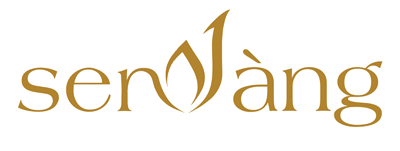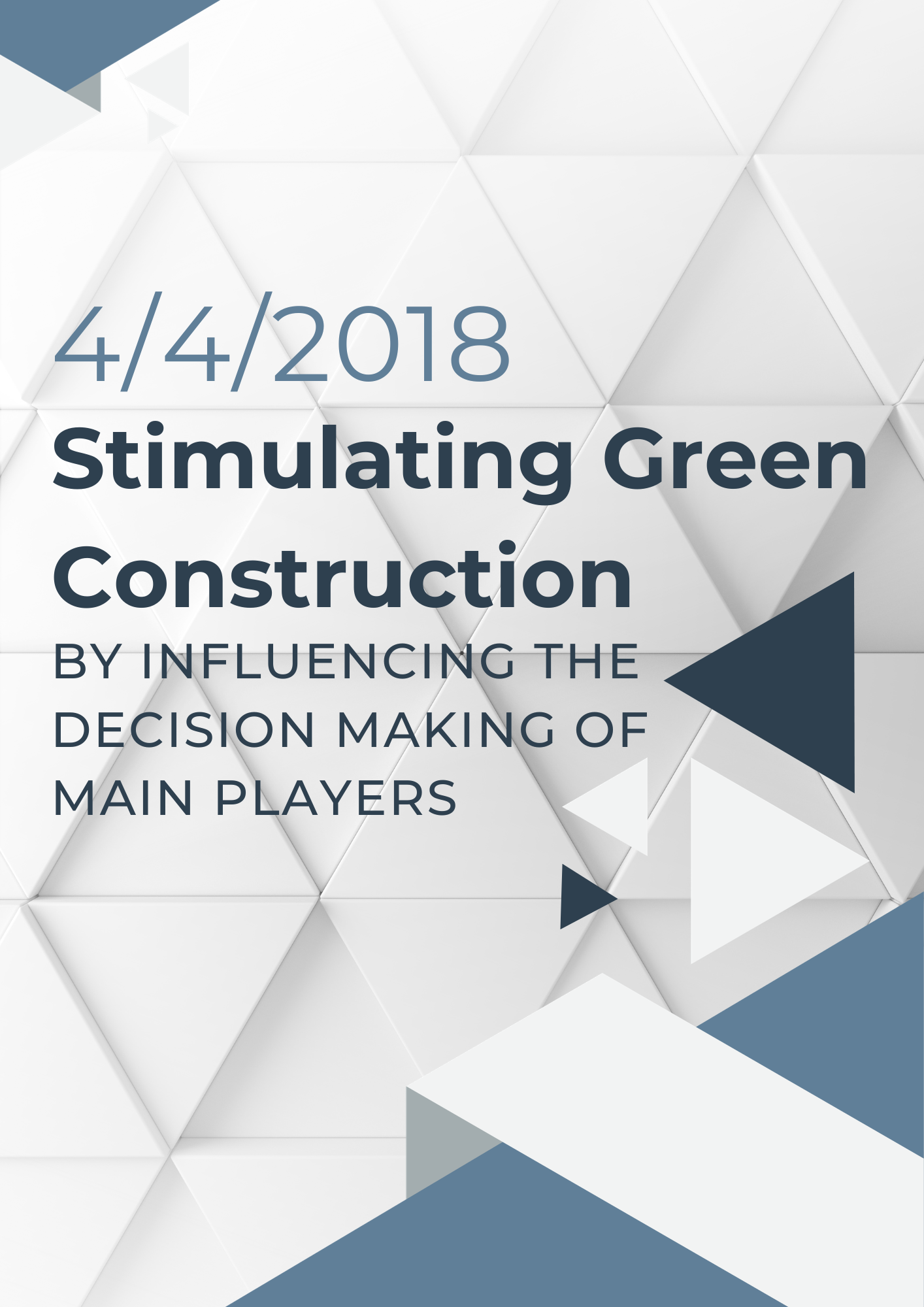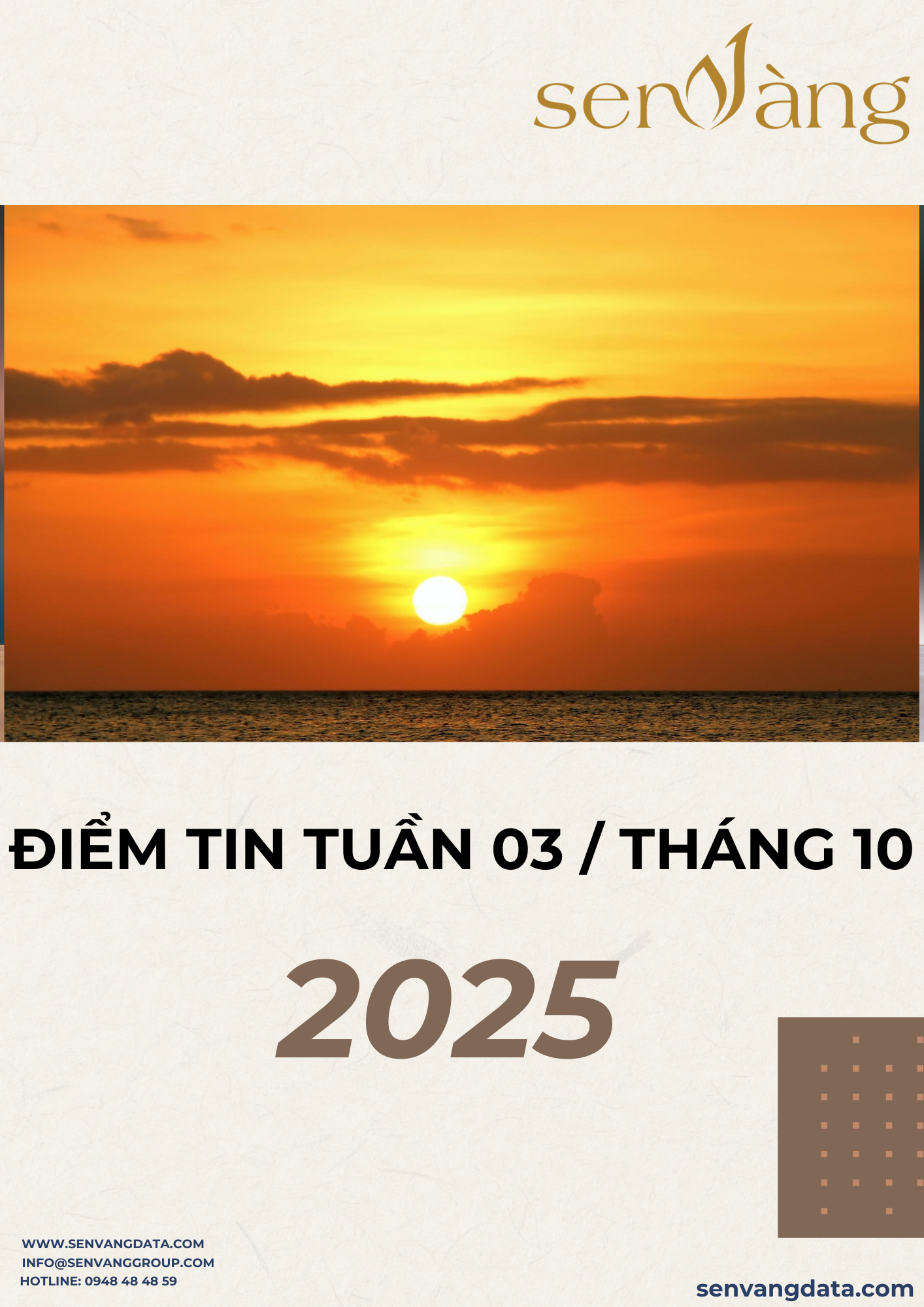Thông tin chi tiết
Stimulating Green Construction by Influencing the Decision making of Main Players
“Green” or Environmentally Friendly Buildings (henceforth EFBs) (green construction) are a prominent tool for achieving sustainability, due to the negative externalities which conventional buildings have on the environment in terms of energy and resource consumption, as well as soil and atmospheric pollution (Vyas & Jha, 2017). As urban development accelerates, the necessity to lower buildings energy consumption and air pollution increases (Kylili & Fokaides 2015; Ji, Li & Jones 2017). Several studies suggest that green construction can improve quality of life and save energy, maintenance, and operational costs (Ries, Bilec, Gokhan &, Needy, 2006; Kats, 2003a; Kats, 2003b; Ran & Tang, 2018).
However, EFBs’ benefits can be realized over an extended horizon of periods and need to be communicated to individual buyers and property investors (Choi, 2009), mainly because such buildings are relatively costly to build. According to T’Serclaes (2007) and Yudelson, (2008), EFBs cost up to 20% more than conventional buildings of the same use and size, mainly due to the use of more expensive materials and higher design and regulatory costs (Kibert, 2008; Tollin, 2011; Hassouneh, Al-Salaymeh &
Qoussous, 2014).











